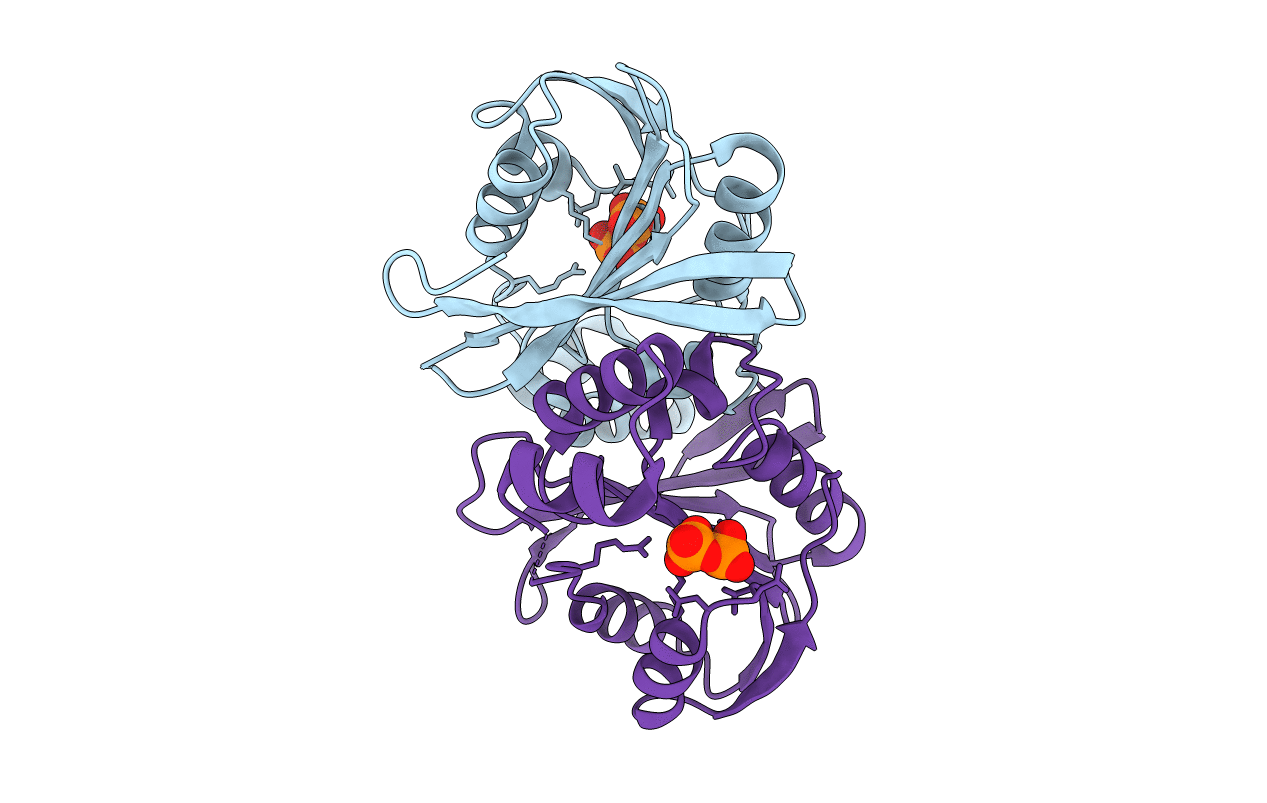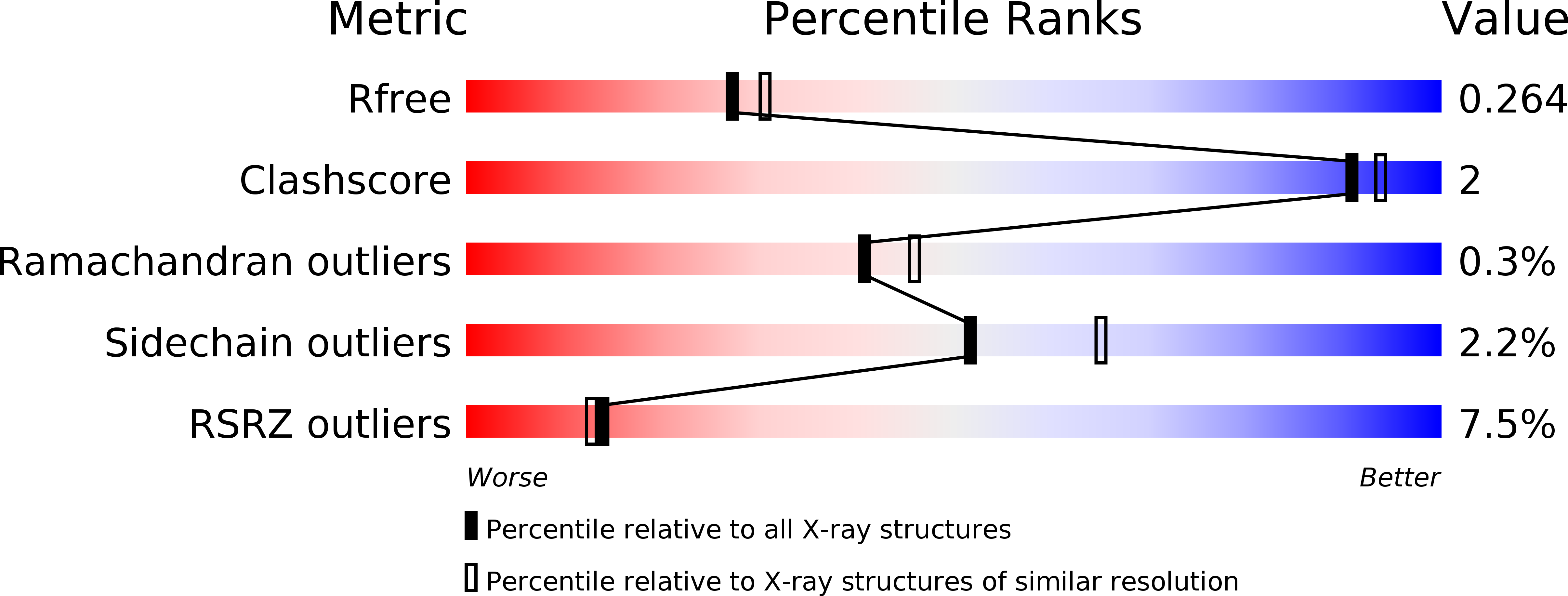
Deposition Date
2014-10-15
Release Date
2015-08-26
Last Version Date
2024-11-06
Entry Detail
PDB ID:
4RL4
Keywords:
Title:
Crystal structure of GTP cyclohydrolase II from Helicobacter pylori 26695
Biological Source:
Source Organism:
Helicobacter pylori (Taxon ID: 85962)
Host Organism:
Method Details:
Experimental Method:
Resolution:
2.20 Å
R-Value Free:
0.26
R-Value Work:
0.21
R-Value Observed:
0.21
Space Group:
P 41 21 2


